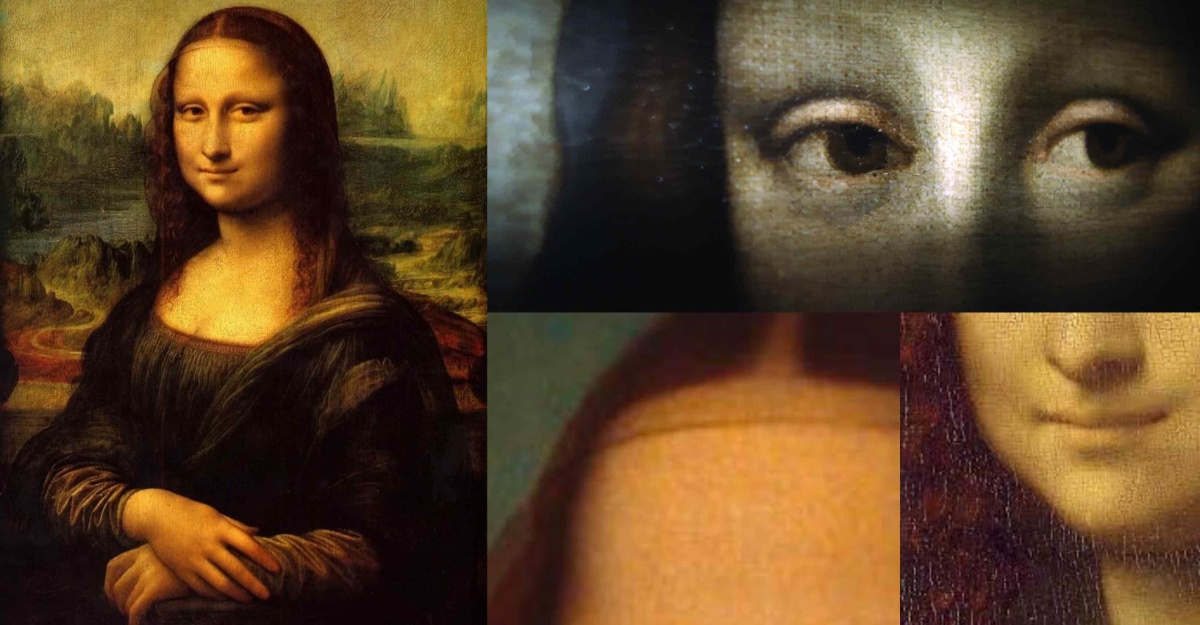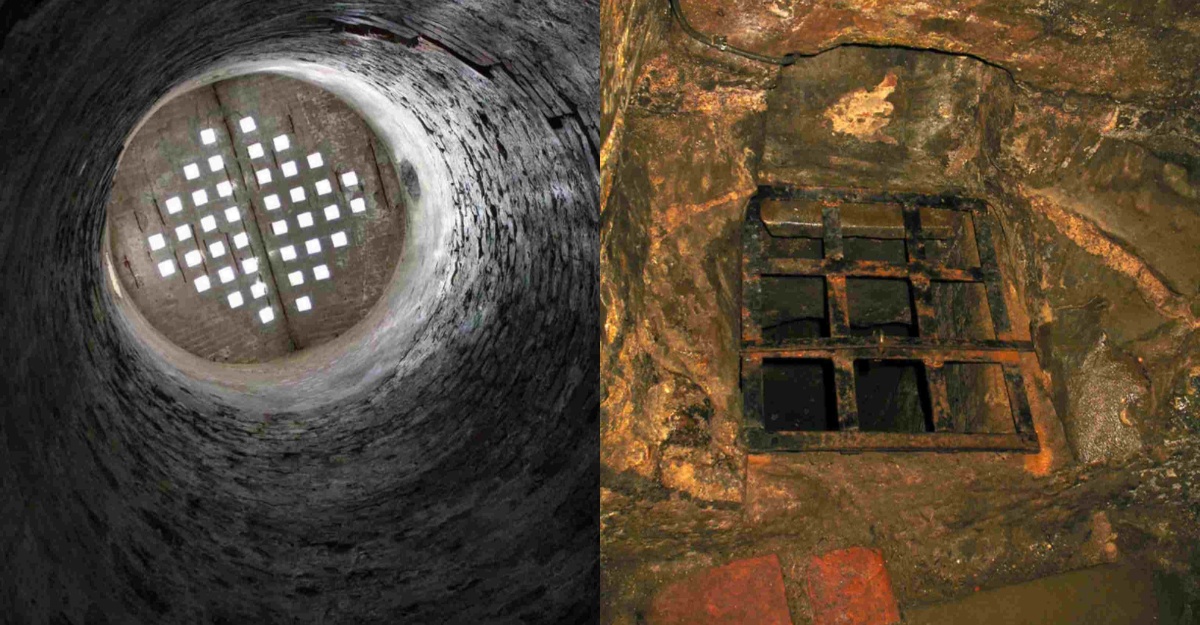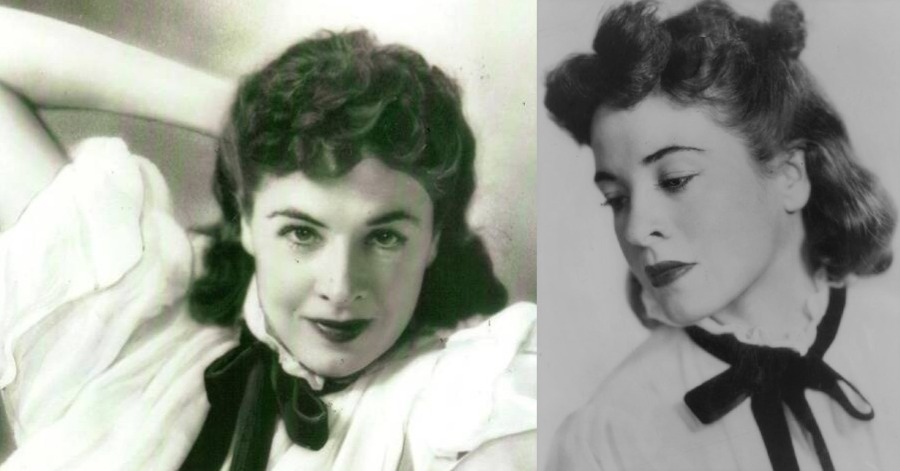When someone mentions Mona Lisa, everyone knows we are talking about the painting. The Mona Lisa is perhaps one of the world’s most well-known paintings. People have been captivated by the subject’s slight smile and eerie eyes for generations.
Artists and art enthusiasts have studied the Mona Lisa for decades in an effort to determine what makes this painting by Leonardo da Vincci so much popular than his other remaining works.
But have you ever wondered what makes it so special and famous? One of the reasons is sfumato.
Sfumato
Sfumato is a painting technique used to blur the transition between colors, simulating the out-of-focus plane or the region beyond the human eye’s focal point. It’s one of the Renaissance’s canonical painting styles. Based on his expertise in optics and human perception, as well as his experiment with the camera obscura, Leonardo da Vinci was the greatest practitioner of sfumato. He described sfumato as “without lines or borders, like smoke or outside the plane of focus.”
The history of art
The Mona Lisa was painted in 1506. To comprehend why it is so special, let’s take a look at the Gothic art. This is how Gothic art looks like, beautiful yet not “realistic”.
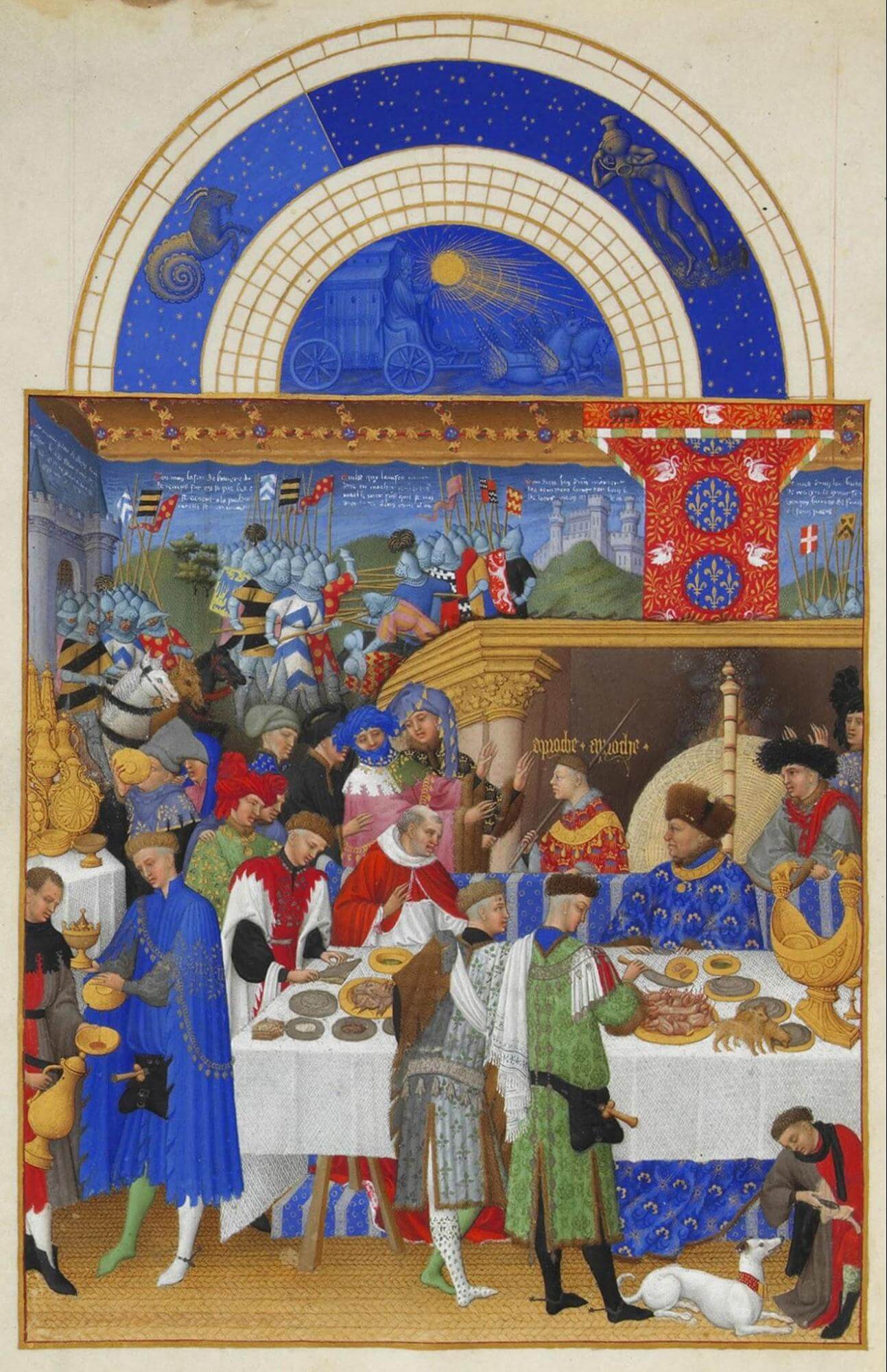
Then, came pre-Renaissance painters such as Giotto and Masaccio in the early 1300s and a century later, respectively. They incorporated linear perspective into art to create the illusion of depth. It got more realistic. People in their paintings appeared to inhabit actual locations. They possessed weight.

Artists also improved their use of perspective and were inspired by classical statues to show the human figure as it appeared in reality, including muscles, sinews, and poses and others. Their paintings have genuine depth, and their subjects were remarkably lifelike.
Leonardo da Vinci
Leonardo da Vinci has one of the greatest minds in human history. Interestingly, he studied human anatomy in order to refine the skeletal and muscular elements of his figures.
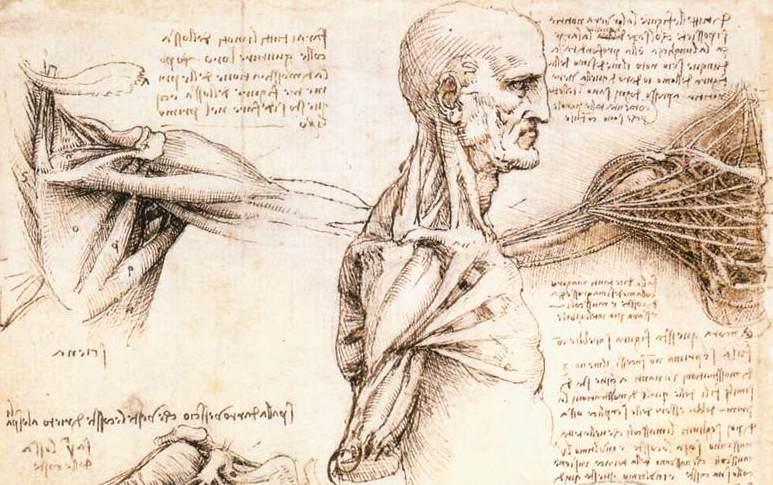
More importantly, he was also very interested in optics and human eyesight. He was fascinated by how our eyes perceived the world and comprehend light and darkness. Moreover, he observed that eyes cannot perceive everything at once. That, occasionally, objects seem to be hazy or out of focus.
The Mona Lisa
When he painted the Mona Lisa, a portrait of the noble woman Lisa Gherardini, he applied his research. Even though some other Renaissance art was realistic, the figures in this art were so solid in shape and color that they almost looked like statues.
Leonardo diffused portions of the Mona Lisa’s face by blending the colors and shapes; there were no distinct outline. This technique was termed sfumato, and he defined it as follows:
“without lines or borders, in the manner of smoke or beyond the focus plane.”
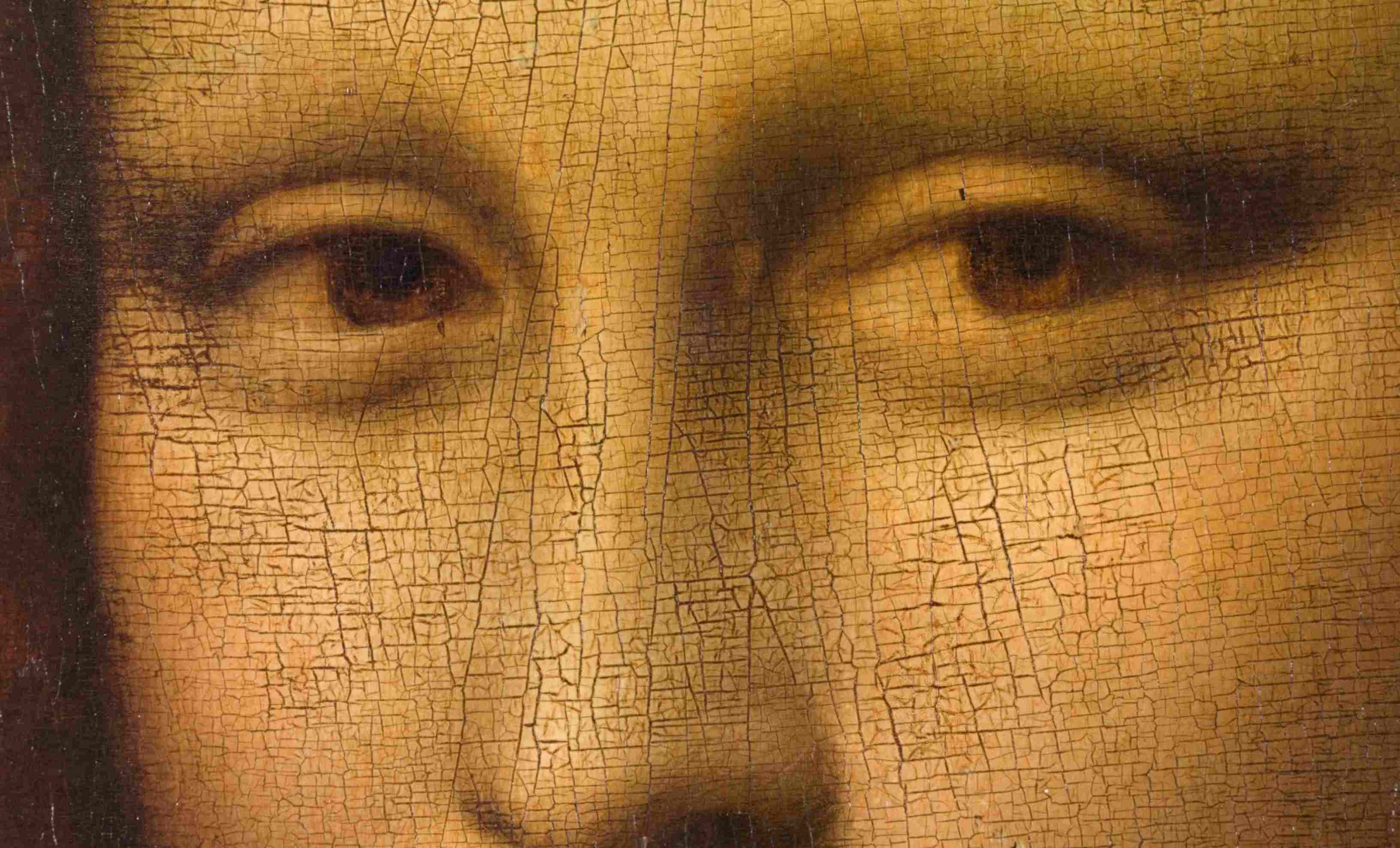
The outcome is a much more realistic portrait.
The minor blurring is what gives the Mona Lisa’s eyes their profound expression. Leonardo realized that this is how we perceive others. That’s the effect of light and shadow on our skin, as well as the movement of light, shadow, and everything else.
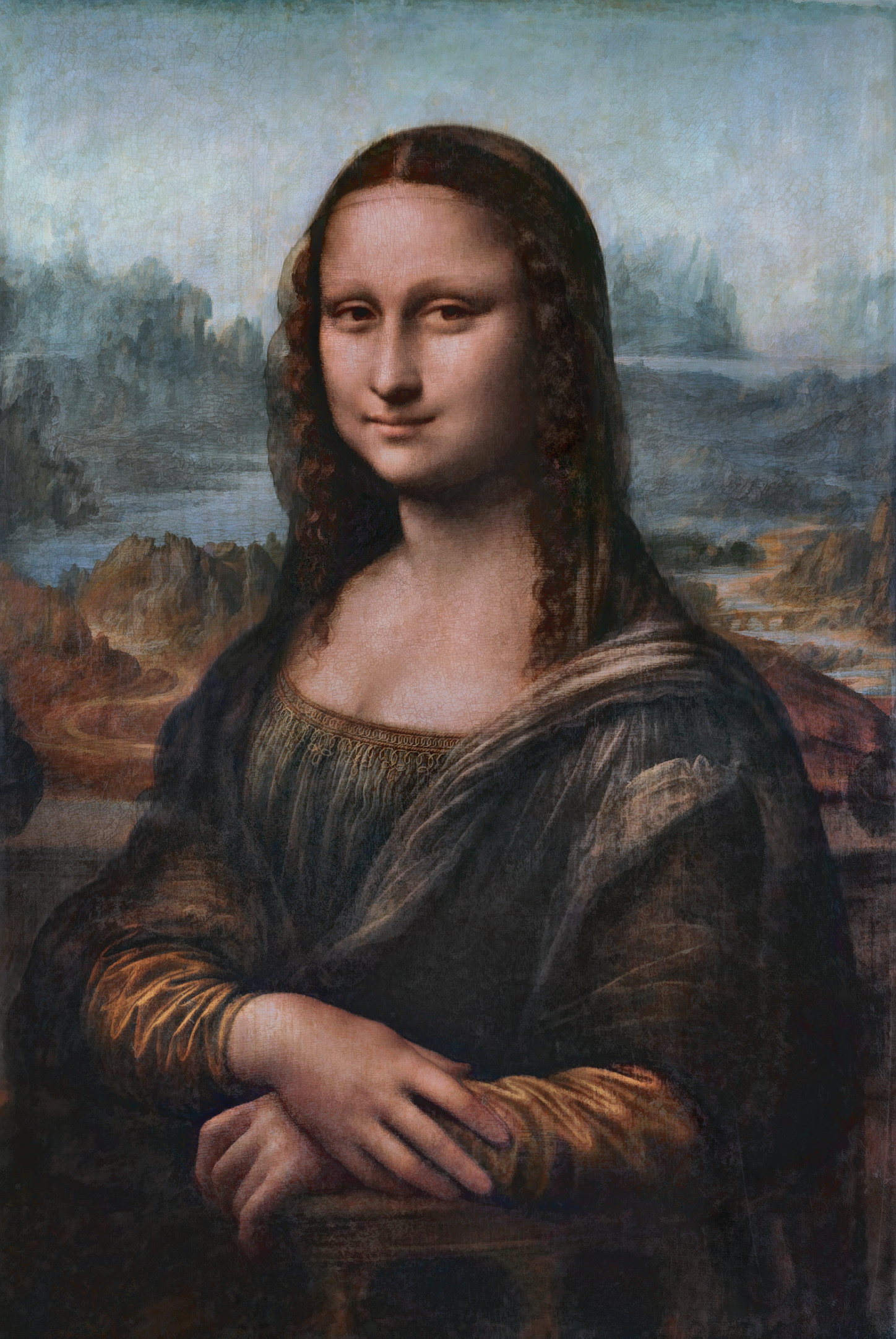
This explains why her expression appears to change each time we view the artwork. Also, the origin of the myth that her eyes follow you around. In fact, they don’t, yet their liveliness gives the impression that they do.
It was a significant artistic development. The Renaissance achieved mastery over perspective, shading, depth, anatomy, and solid shapes. But Leonardo took it a step farther and went beyond basic clarity; he brought it all to life.
Sources: @culturaltutor, The Cold Wire, Science Alert

